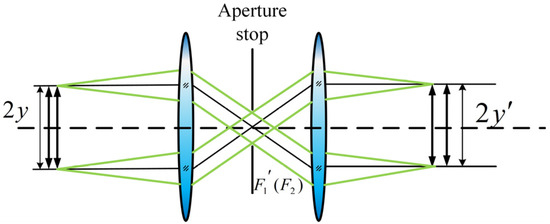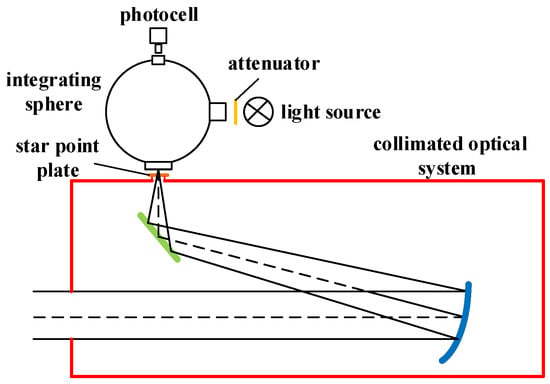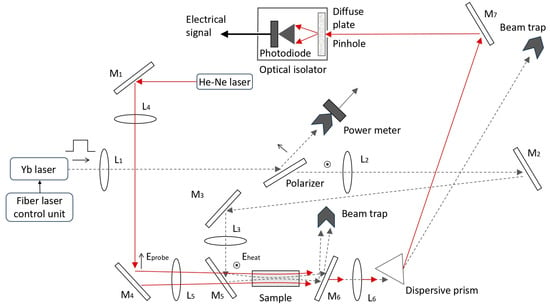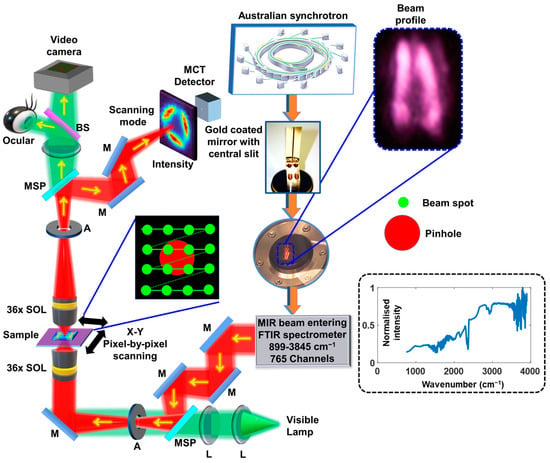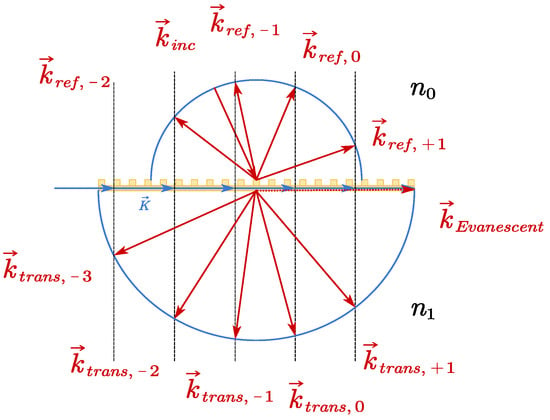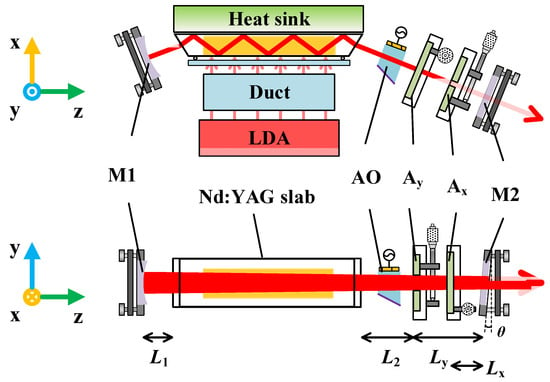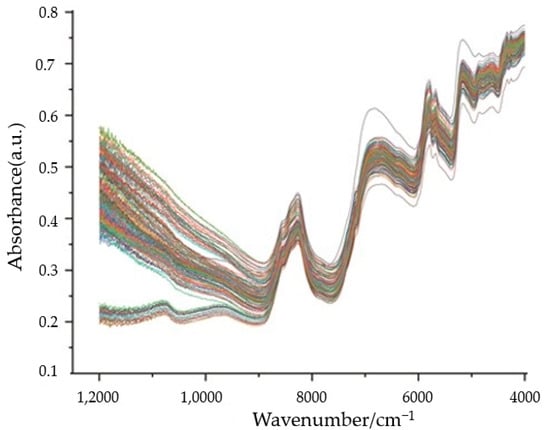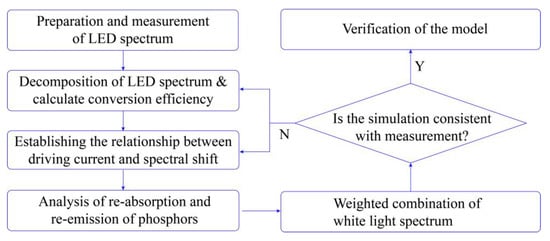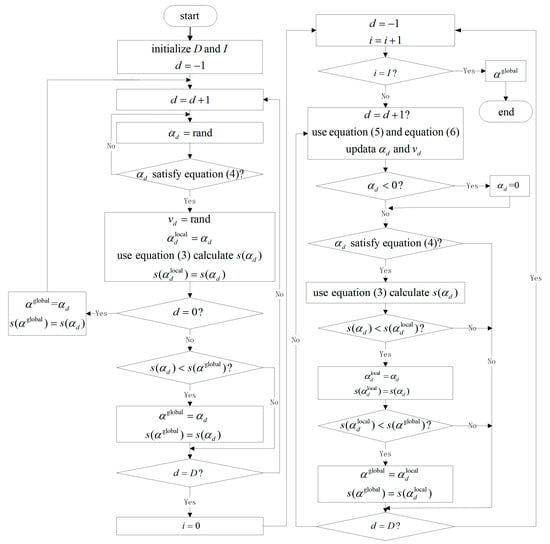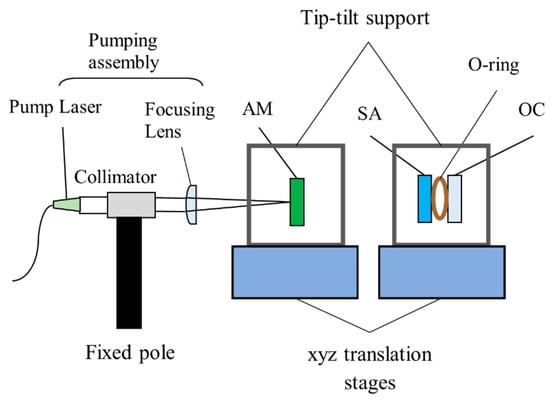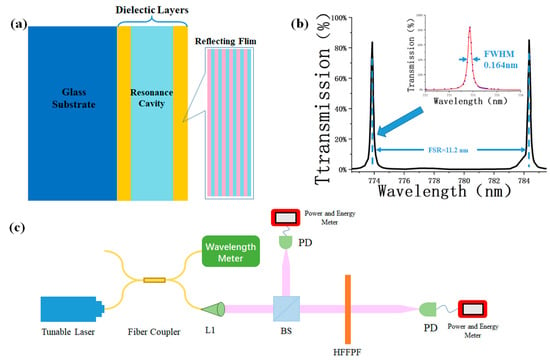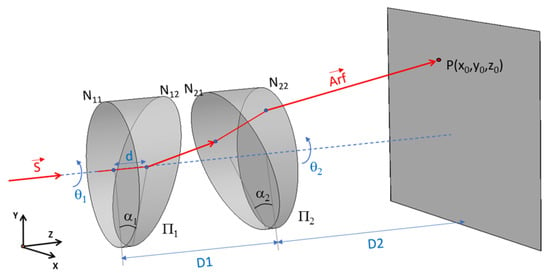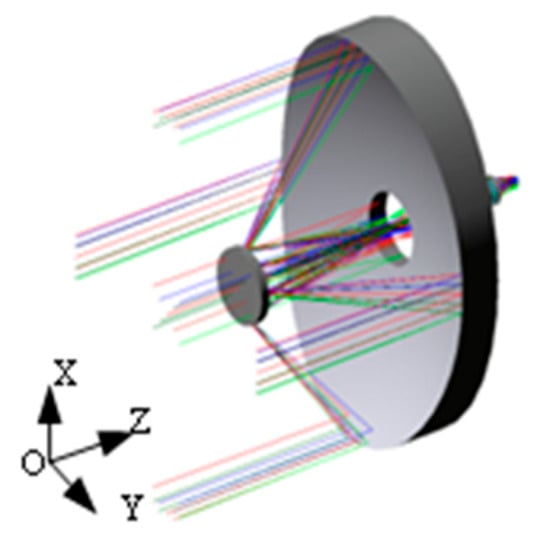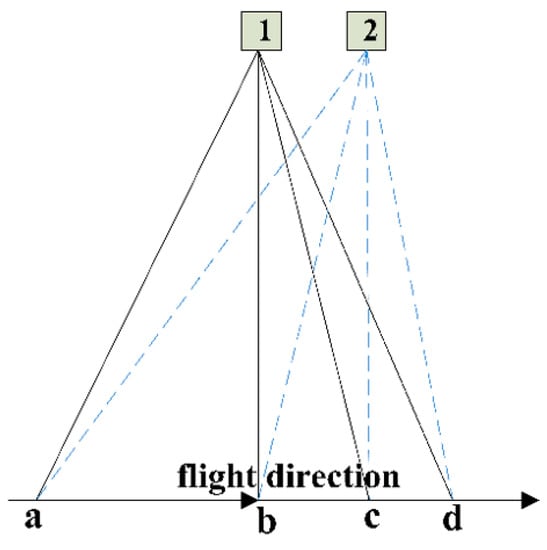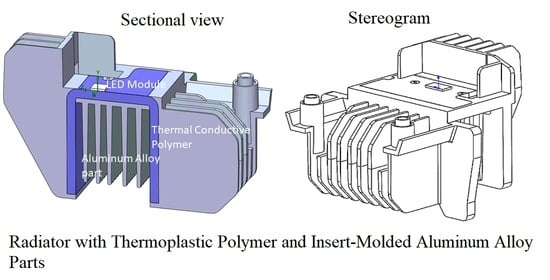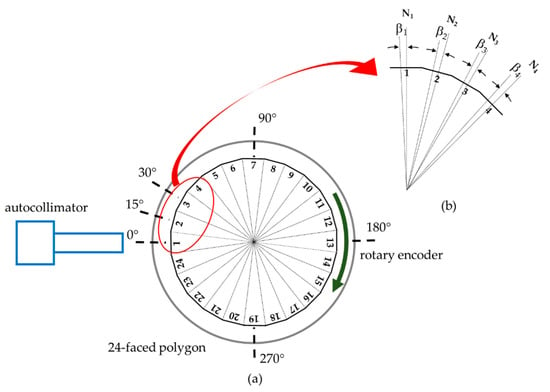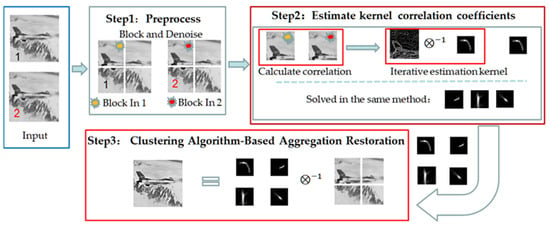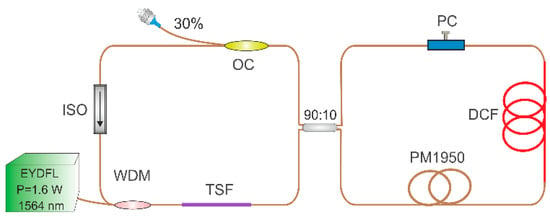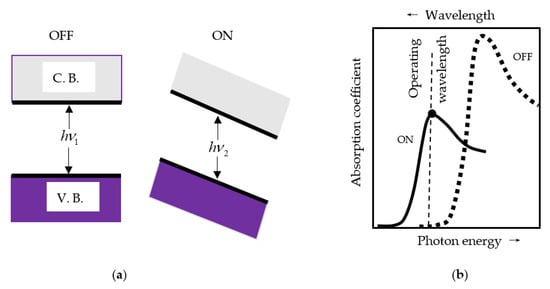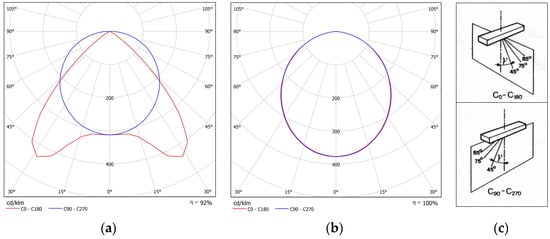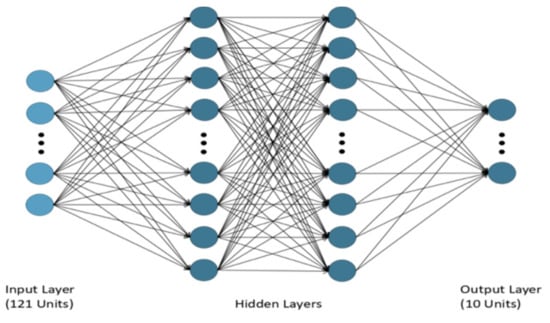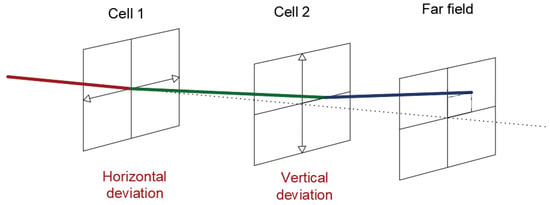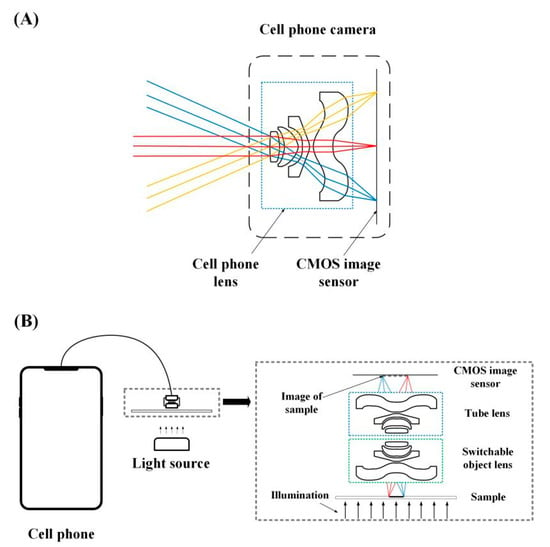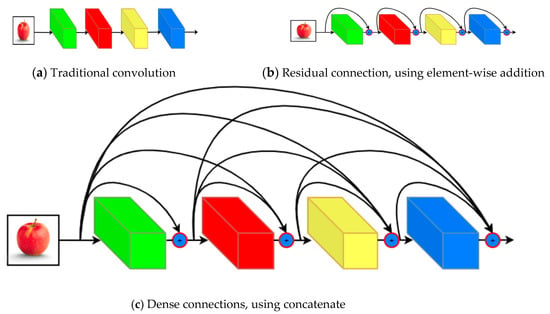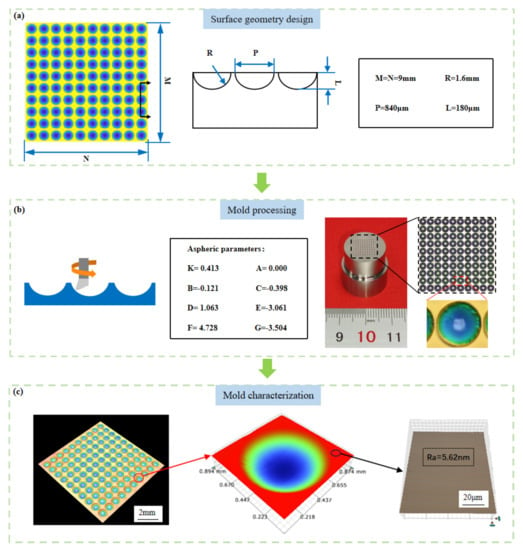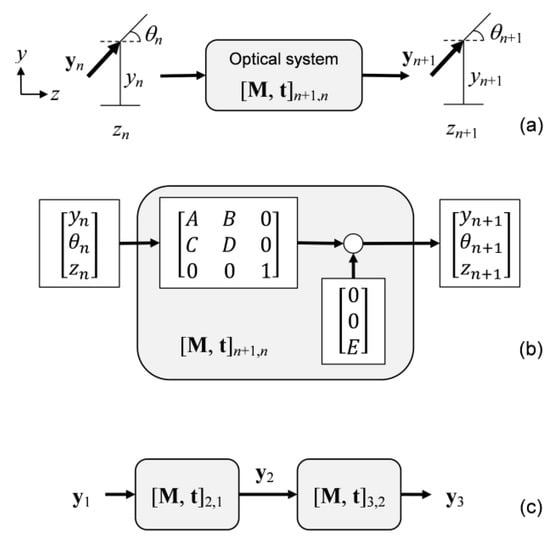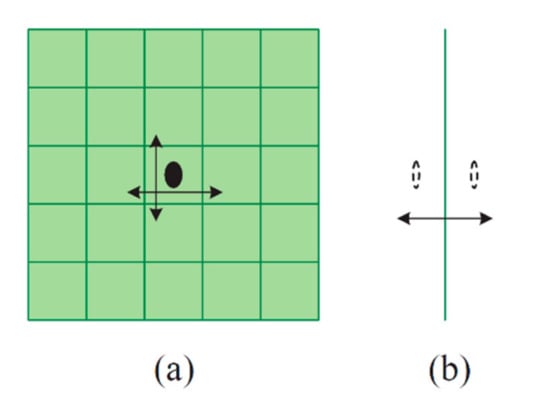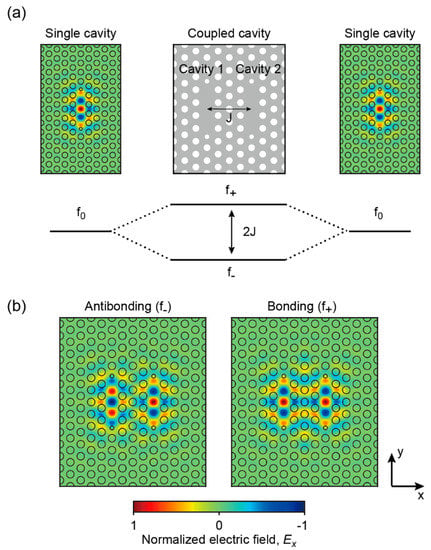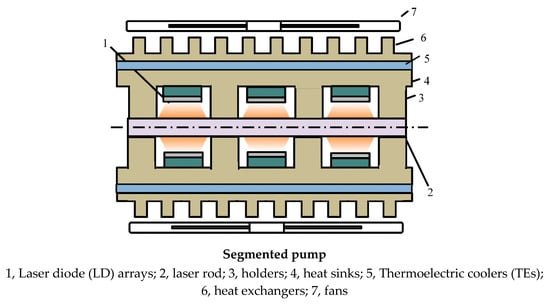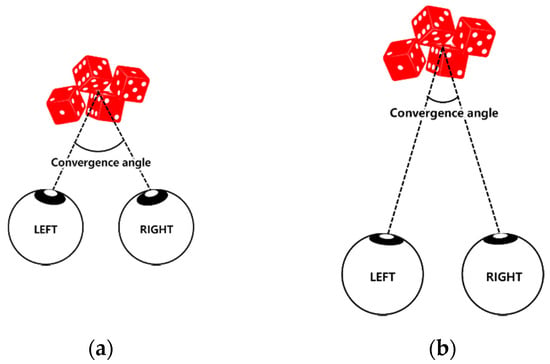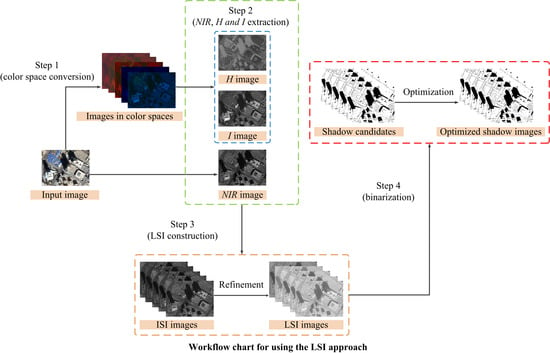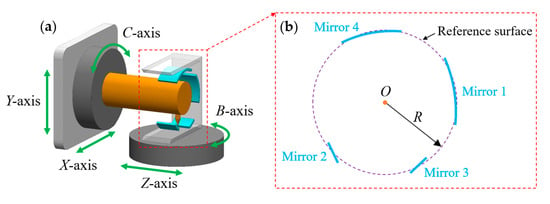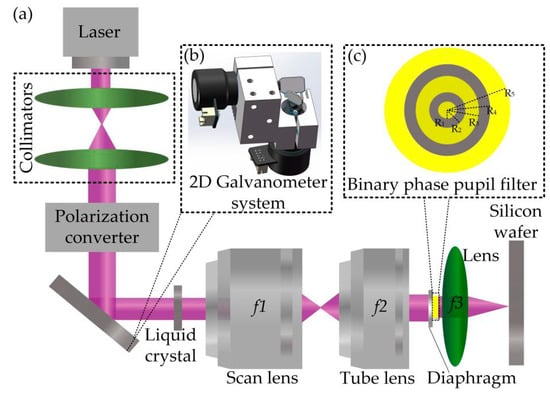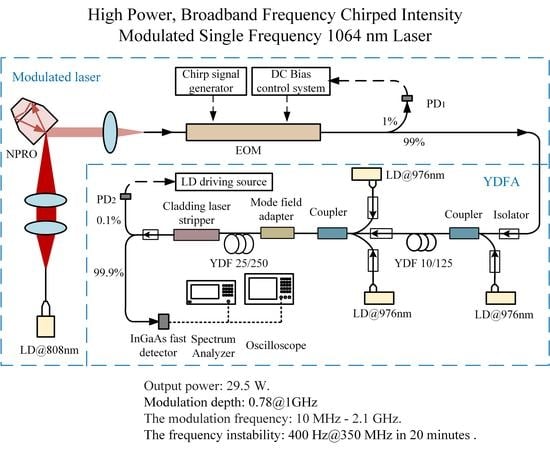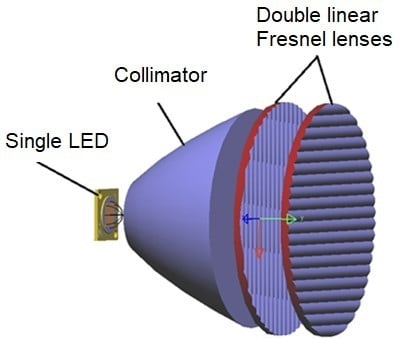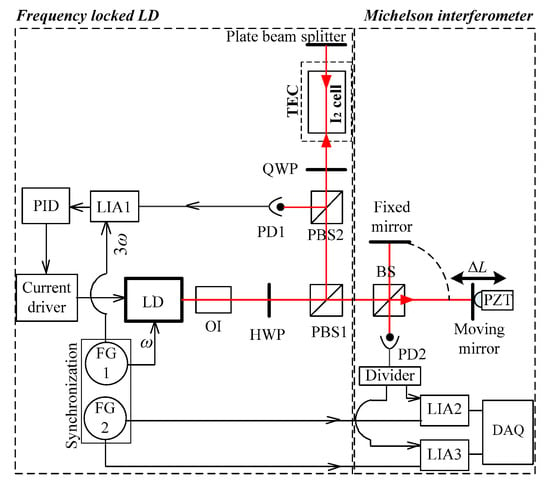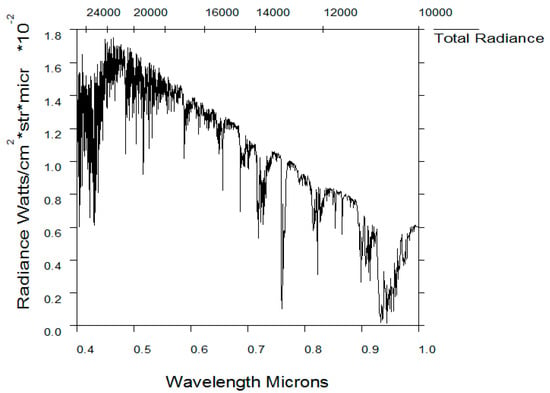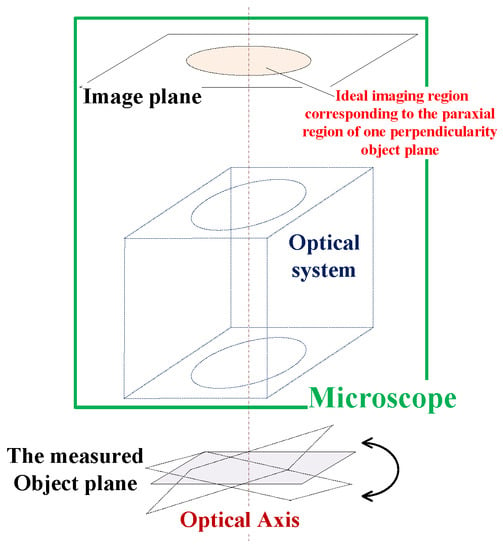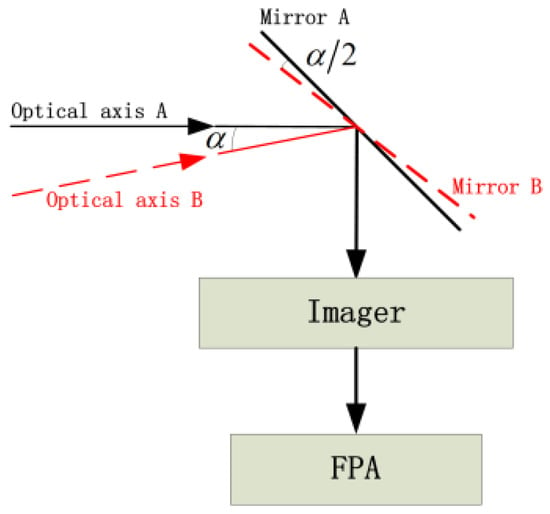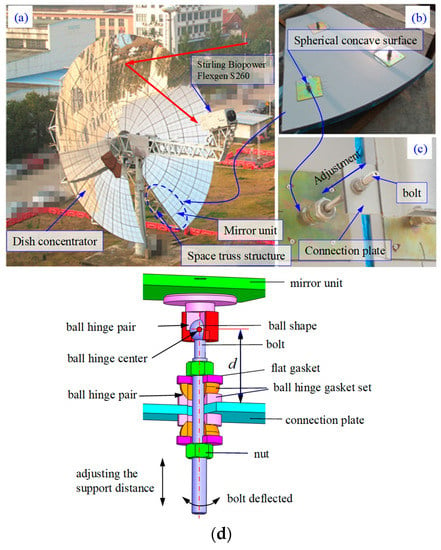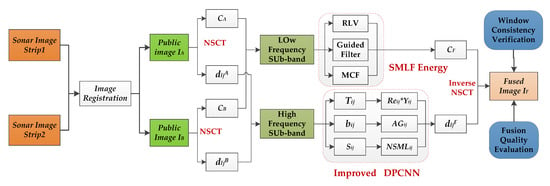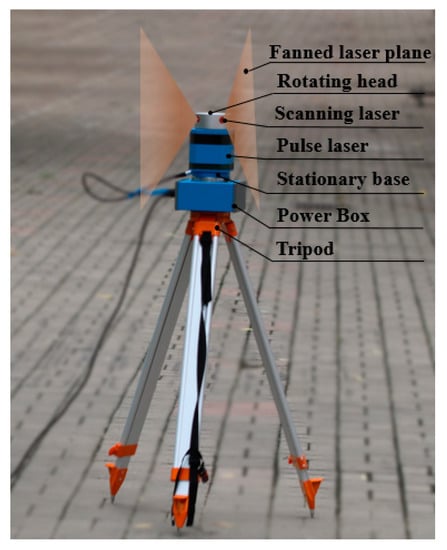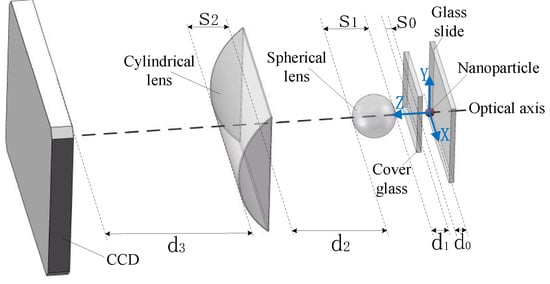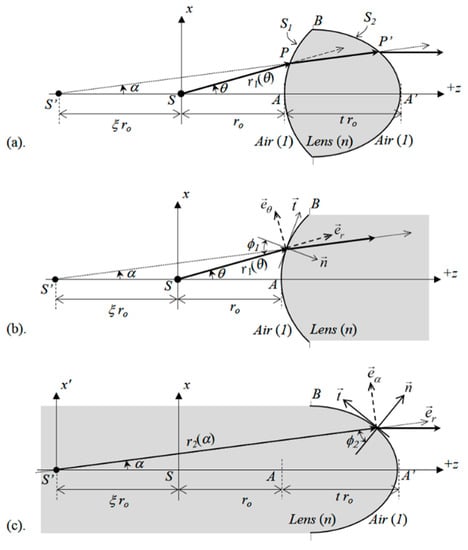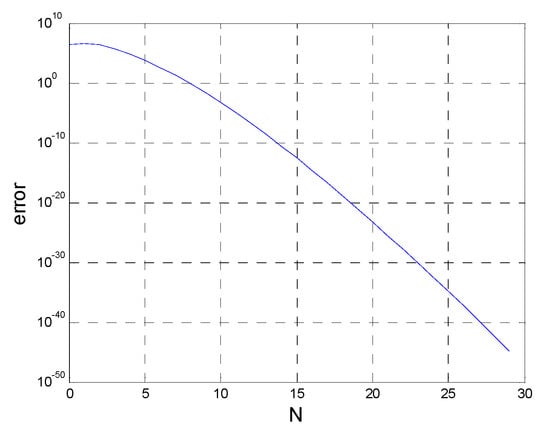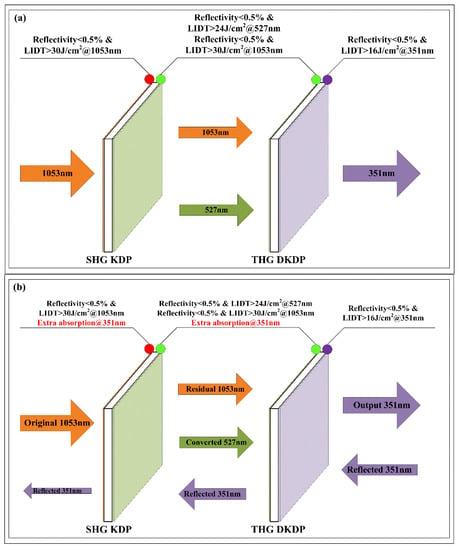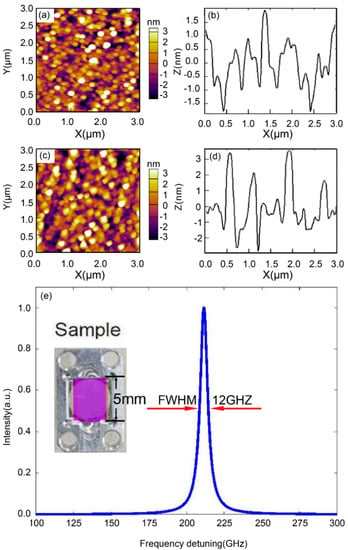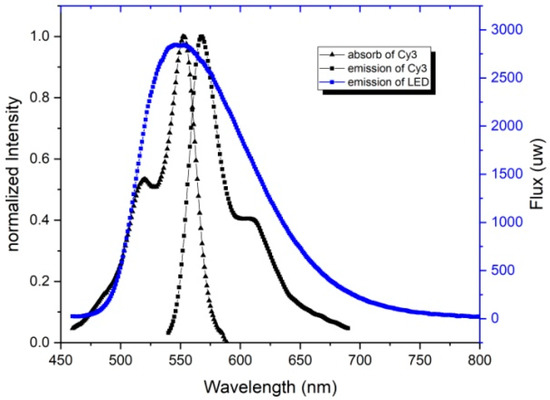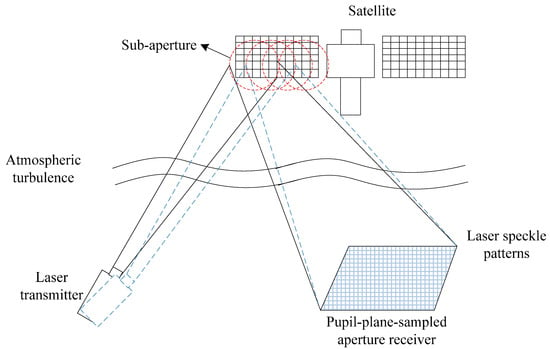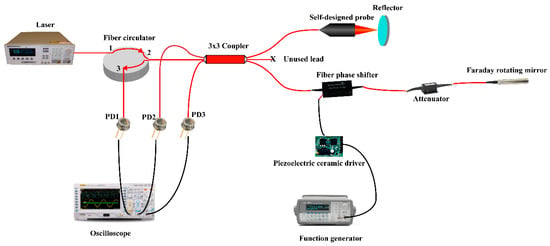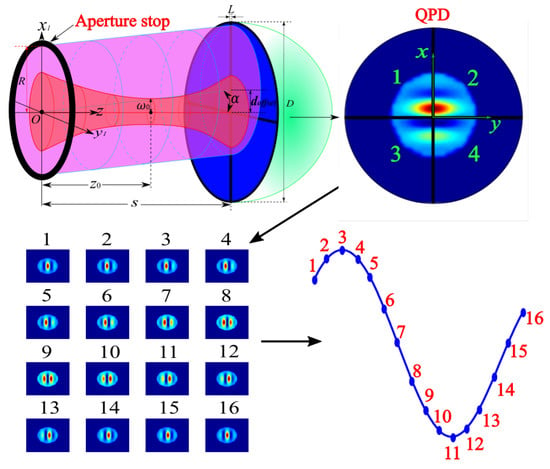Optical Design and Engineering
A topical collection in Applied Sciences (ISSN 2076-3417). This collection belongs to the section "Optics and Lasers".
Viewed by 194720
Editors
Interests: intelligence biomedical photoelectric; photoelectric semiconductor materials and device; artificial intelligence, intelligence green energy; optical design, opto-mechatronics integrated design; patent layout and analysis
Special Issues, Collections and Topics in MDPI journals
Interests: photoelectric engineering; computational physics and nonlinear systems; micro-optical system design
Interests: semiconductor thin film components; electronic ceramics; optical instrument measuring equipment
Interests: optical design; optical testing; opto-mechatronics system; human vision; Silicon photonic
Special Issues, Collections and Topics in MDPI journals
Topical Collection Information
Dear Colleagues,
It is a great pleasure, and an honor, to present this Topical Collection of Applied Sciences.
This is a feature issue to present recent advances and future prospects of this key, fundamental, research area in (1) optical design and engineering of semiconductor device, (2) optical measuring equipment and (3) optical exposure equipment.
You are cordially invited to submit your original research or review papers to this Topical Collection. All papers need to present original, previously-unpublished work and will be subject to the normal standards and peer-review processes of this journal.
Potential topics include, but are not limited to:
- Optical materials;
- Non-imaging optical design;
- Imaging optical design;
- Optical lens design;
- Solid state lighting;
- Thin-film technology;
- Optical instruments;
- Opto-mechanical system;
- Optical exposure equipment;
- Imaging systems, image processing, and display optical systems;
- Optical devices, photonic devices, sensors, and detectors.
Prof. Dr. Zhi-Ting Ye
Prof. Dr. Pin Han
Prof. Dr. Chun Hung Lai
Prof. Dr. Yi Chin Fang
Collection Editors
Manuscript Submission Information
Manuscripts should be submitted online at www.mdpi.com by registering and logging in to this website. Once you are registered, click here to go to the submission form. Manuscripts can be submitted until the deadline. All submissions that pass pre-check are peer-reviewed. Accepted papers will be published continuously in the journal (as soon as accepted) and will be listed together on the collection website. Research articles, review articles as well as short communications are invited. For planned papers, a title and short abstract (about 100 words) can be sent to the Editorial Office for announcement on this website.
Submitted manuscripts should not have been published previously, nor be under consideration for publication elsewhere (except conference proceedings papers). All manuscripts are thoroughly refereed through a single-blind peer-review process. A guide for authors and other relevant information for submission of manuscripts is available on the Instructions for Authors page. Applied Sciences is an international peer-reviewed open access semimonthly journal published by MDPI.
Please visit the Instructions for Authors page before submitting a manuscript. The Article Processing Charge (APC) for publication in this open access journal is 2400 CHF (Swiss Francs). Submitted papers should be well formatted and use good English. Authors may use MDPI's English editing service prior to publication or during author revisions.
Keywords
- Optical materials
- Non-imaging optical design
- Imaging optical design
- Optical lens design
- Solid state lighting
- Thin-film technology
- Optical instruments
- Opto-mechanical system
- Optical exposure equipment
- Imaging systems, image processing, and display optical systems
- Optical devices, photonic devices, sensors, and detectors.













